











Location: Home > News > Material handling > This page

With the mechanism of sand "popular", more and more friends consult the mechanism of sand and sand production equipment. This article focuses on its production equipment and processing technology content.
1. What are the main advantages of the dry production process?
A: The main advantages of the dry production process are:
(1) The moisture content of the produced mechanism sand is low, generally less than 2%, and it can be used directly for commercial mix and dry mortar;
(2) The content of stone powder in the finished sand is adjustable and controllable, and the centralised recycling can be comprehensively utilised to reduce dust emission;
(3) Little or no water is used in the production process, saving water resources and protecting the environment;
(4)Easy to centralise operation and control, and realise automation management;
(5)It is not affected by drought and cold season, and can produce continuously all year round.
2. Why is the wet production process used less and less?
A: The main reasons are:
(1) consume a lot of water, 1t of sand and gravel material need to consume water 2~3.5m³;
(2) High water content of the product sand, must be dehydrated, dry mixing must be re-drying;
(3)Product sand fineness modulus is coarse, low sand production;
(4) Produce a large amount of mud powder sewage, polluting the environment, and stone powder is not easy to recover;
(5) Infrastructure investment and equipment types, high production cost of mechanism sand;
(6)It can't be produced normally in dry and low rainfall areas or icing season.
3. What are the characteristics of semi-dry sand making process?
A: Semi-dry production process relative to the wet production process, is characterised by the use of water to wash off the surface of the raw materials for sand production of mud and stone powder, the finished sand partially or completely no longer wash, so the amount of water is relatively less, the loss of stone powder in the finished sand is less, and the water content is lower. But this sand and gravel production process also requires more water resources, sewage treatment devices must still be equipped, but the specifications are much smaller. Its investment cost is less than the wet method, more than the dry method, the finished sand powder content is between the two, the operating cost is also between the two.
4. In the dry production process of mechanism sand, why should the finished sand be humidified and mixed?
A: Humidifying and mixing the finished mechanism sand can make the moisture content of mechanism sand and gravel reach the saturated dry state, which is conducive to the control of water consumption for subsequent concrete mixing, and at the same time, it can reduce the segregation and dust in the process of transport.
5. Why is the fineness modulus of mechanism sand unstable?
A: In the production process, the rock properties, moisture content and grading of the feed material are easy to change, the screening process will also be blocked, broken and other problems, crushing, dust removal equipment efficiency, parameters are not stable, which will easily lead to the mechanism of sand fineness modulus is not stable.
6. Waste concrete, masonry and industrial waste can produce mechanism sand?
A: Waste concrete, masonry and industrial waste residue through special equipment after sorting, cleaning, crushing, screening and other processes to produce mechanism sand. However, the current industry is still mainly used for the production of recycled coarse aggregate.
7. The choice of dry, wet, semi-dry artificial sand and gravel production process is based on what?
A: (1) The first decision on the artificial sand and gravel system is located in the region and water resources, raw material cleanliness, as well as the aggregate, artificial sand powder content, fineness modulus of the specific requirements. If the original conditions allow, the dry production process is preferred, followed by the semi-dry production process, and finally the wet production process; (2) From the equipment investment, the size of the footprint, the degree of difficulty of production management, artificial sand and gravel processing cost considerations, it is also preferred to the dry process, followed by the semi-dry method, and finally the wet method.
8. Mechanism of sand often need to sample testing, how to sample the mechanism of sand?
A: The general method of sampling mechanism sand testing is:
(1) sampling on the pile, sampling parts should be evenly distributed. Shovel the surface of the sampling part before sampling, and then take roughly equal amounts of sand from different parts of 8 copies, forming a group of samples;
(2) from the belt conveyor sampling application of the receiver in the belt conveyor tail of the material out of the machine at regular intervals to take roughly equal amounts of sand 4, a group of samples;
(3) from the train, car, cargo ship sampling from different parts and depth of the extraction of roughly equal amount of sand 8 copies, a group of samples.
9. Machine-made sand stone powder content is the production of mandatory test items, what are the main test methods?
A: Mechanism stone powder content generally have water washing method and dry sieve method two test methods, representative of the United States ASTMC136 or AASHTOT27, applicable to dry sieve, ASTMC117 or AASHTOT11, applicable to water sieve. However, our country has been in the cement concrete aggregate or asphalt pavement aggregate, are directly using the dry sieve method, 0.075mm sieve throughput is not determined by water washing, so the accuracy is poor. Dry sieve method is mainly applicable to cement concrete aggregates, and also combined with the results of the methylene blue value of the comprehensive evaluation.
10. What are the main process methods for stone powder separation?
A: From the industry process equipment development: at present, the main methods to remove excess stone powder in the original sand are washing hydraulic grading method, high-frequency sieve mechanical sieving method and selecting powder and dust removal wind grading method.
11. The mechanism of sand particle grading index is very critical, then by which way to adjust the grading?
A: Mechanism sand particle gradation can be achieved by adjusting the feed gradation, feed amount, crusher speed, screen size and other aspects.
12. What factors affect the mechanism of sand grain shape?
A: The factors affecting the mechanism of sand grain shape are:
(1) the source rock lithology, such as the development of joints, etc. is not conducive to obtaining a better grain shape;
(2) type of crushing equipment, impact crusher shaping effect is better;
(3) The type of screen, such as square holes for better control of grain shape.
13. Why crushing equipment as far as possible "to break instead of grinding, more break less grinding"?
A: Because the energy utilisation rate of crushing is higher than that of grinding, more breakage and less grinding is conducive to energy saving, but it is not possible to completely replace grinding with breaking, because the energy utilisation of the two with the material particle size becomes smaller into the reverse change.
14. Impact crusher (sand making machine) of the two crushing methods "stone to stone" and "stone to iron" have their own characteristics? What is the difference in the scope of application?
A: "Stoning" is suitable for materials with high abrasiveness above medium hardness, such as basalt, etc. "Stoning" is suitable for materials with high abrasiveness above medium hardness. Under the working condition of "Stoning", the finished product has better grain shape and contains more powder. "Stone to iron" is suitable for materials with less abrasiveness below medium hardness, such as limestone. Under the working condition of "stone hitting iron", the crushing efficiency is high, the wear cost of peripheral guard plate is high, and the finished product is slightly poor in grain size. "Stone to iron" wear should be serious anvil, so its structural design and casting process is also an important factor affecting the efficiency of sand making machine. In addition, "stone to stone" is suitable for shaping, "stone to iron" is suitable for sand making.
15. Why does the impact breaker (sand making machine) adopt double motors?
A: There are 2 main functions of adopting double motors: (1) Double motors ensure the balanced force of the main shaft; (2) Ensure the rotational speed, energy will be lost in the transmission process, dual motor ensures high power and ensure the rotational speed.
16. Impact sand making machine dual motor drive, often appear in the two working current deviation is large, how to solve the problem?
A: In dual-drive equipment, the phenomenon that the current of one motor is lower than the other is called inert reaction, and the deviation requirement should not be greater than 10%; generally solved by adjusting the transmission belt tension and making it equal, checking the cleanliness of the terminals, and checking the soft-start problem.
17. Impeller rotor is the core component of the impact sand making machine, why should the impeller rotor be static balance correction?
A: If the impeller rotor is not properly corrected for static balance, the rotor will have a large amount of unevenness, and the centrifugal force generated during operation will lead to abnormal vibration and failure of the equipment, abnormal wear of the rotor, excessive noise and other problems. According to the industry standard, the impeller rotor balance level of the impact sand making machine is G16.
18. Impact sand making machine impeller rotor replacement wear parts need to school balance, then what are the basic steps?
A: The basic steps of impeller rotor correction static balance are:
(1) Clean up the gravel material, old wear parts, debris, etc. on the rotor and accessories, and confirm that it can be continued to use;
(2) Reinstall the wear parts and install the rotor on the balancing jig;
(3) Determine the unbalanced weight and position;
(4) Review the balance of the rotor that has been balanced.
19. Factors affecting the efficiency of impact sand making machine?
A: (1) The characteristics of raw materials. The hardness and strength of the material is low, the crushing property is good, and the efficiency of sand making is high;
(2) The impact of the water content of the crushed material. Higher water content will reduce the sand production;
(3) The size of the feeding volume. Generally speaking, the larger the feeding volume, the better the crushing effect, but there is an extreme point;
(4) The rotating speed of the impeller. Generally speaking, the higher the rotating speed, the better the crushing efficiency.
20. Why does the impact sand making machine vibrate more when it starts to run?
A: Because when it starts to run, the rotor does not form a uniform material lining and the imbalance is caused, so generally at the beginning of the fine material must be fed into a few parties, if the beginning of the coarse material will continue to vibrate for a few hours until the formation of a uniform material lining in the rotor.
21. Vibrating screen is the main equipment for sand and gravel production, what kinds of vibrating screen for mechanism sand and gravel screening?
A: The screening equipment mainly used for sand and gravel production is: bar screen, cylindrical screen, circular vibrating screen, linear vibrating screen, high-frequency screen and probability of six types of screen, of which the bar screen is mainly used in the process of soil removal, circular vibrating screen, linear vibrating screen is more common.
22. Machine-made sand production, screen clogging has a greater impact on the efficiency, what factors will cause screen clogging?
A: (1) The gravel material contains a large number of gravel particles with critical separation point;
(2) The gravel material contains more flaky material; due to rock crushing or gravel material itself, the gravel material has more flaky material, and the flaky material itself in the screening can not pass through the screen smoothly;
(3) The sand and gravel material contains more mud;
(4) Higher water content in gravel material.
23. What is the main reason that the screen is easy to break?
A: The main reasons why the sieve mesh is easy to break are:
(1) the quality or material of the screen mesh is not qualified;
(2) The sieve mesh tensioning strength is not enough, so as to cause the sieve mesh trembling, usually broken or damaged along the edge of the sieve mesh or at the wrap-around compression strip;
(3) The vibration amplitude of the sieve is too small, resulting in the accumulation of gravel particles on the screen mesh and rapid damage to the screen mesh.
24. What is the relationship between fineness modulus and screen size?
A: At present, the general requirement of fineness modulus of mechanism sand is 2.6-3.0, generally recommended screen size of 3.0mm or 3.5mm; if the content of stone powder is more, you can consider using 2.8mm screen; such as arriving at 2.3 or so, you can consider the long strip screen, such as 1.7X5 or 1.9X5 this screen size. Screen type generally try to use square hole screen, which is very favourable to the control of particle shape; round hole screen or long bar screen should be used as little as possible; also should always monitor whether the screen is broken and affect the fineness modulus.
25. What are the wearing parts of impact sand making machine?
A: Standard wearing parts are: cylindrical roller bearings, deep groove ball bearings, thrust ball bearings, expansion sleeves, conveyor belts, oil seals, O-ring seals. Non-standard wearing parts are: upper bushing, lower bushing (feed hopper lifting part), shock absorbing rubber, dumping wheel mouth ring, upper/lower runner plate, impact block, distributing cone, wear plate, throwing head, lower material lining ring, feeding pipe, upper/lower striking plate, hopper lining ring, distributing disc, bulk material disc (bulk material cone), circumferential guard plate.
26. Why is wheeled sand washer generally used in wet production?
A: Wheeled sand washer is simple in structure, the failure rate is much lower than the spiral sand washer, and in the washing process, the loss of fine particles of sand and stone powder is less, and the output of the mechanism of sand is better graded, the fineness modulus is easy to control, and the quality is more stable.
27. Mechanism sand apparent density, loose density, void ratio requirements?
A: Apparent density of mechanism sand is not less than 2500kg/m³; loose density is not less than 1400kg/m³; void rate is not more than 44%.
28. What is the mechanism of sand methylene blue (MB) value?
A: Used to determine the mechanism of sand particle size less than 0.075mm particle content is mainly clay, or with the chemical composition of the mother rock being processed with the same stone powder indicators. The MB value of mechanism sand is ≤1.4, and it is better to control it below 1.0.
29. What are the types of rocks in nature?
A: Nature rocks are divided into three categories, they are:
The first category is magma rock (igneous rock), formed by the eruption of magma, the general texture is hard, uniform;
The second category is sedimentary rock (hydrous rock), is weathering, transport, deposition and rock formation and a series of geological effects and the formation of the characteristics of the general distribution of layered structure, the same period of time similar nature;
The third category is metamorphic rocks, which are formed after metamorphic mixing on the basis of existing rocks and are characterised by both the above rocks and their own properties.
30. Which rocks can be used for mechanism sand and gravel production?
A: Mechanism sand and gravel (crushed stone) sand production raw materials are usually granite, basalt, river pebbles, cobbles, andesite, rhyolite, gabbro, diorite, sandstone, limestone and other varieties. The mechanism sand made from it is differentiated according to the type of rock, and there are also differences in strength and use.
107reservation successful
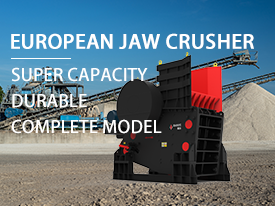
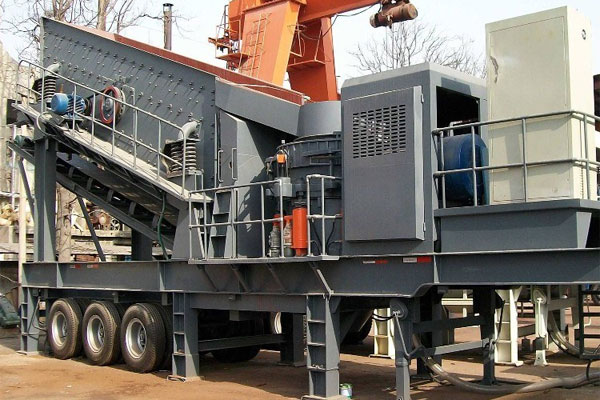
Mobile crusher is a one-stop crushing equipment for stone crushing with flexibility and mobility, which is one of the indispensable equipments for modern construction, and is widely used in mines, construction sites, road construction and other fields.
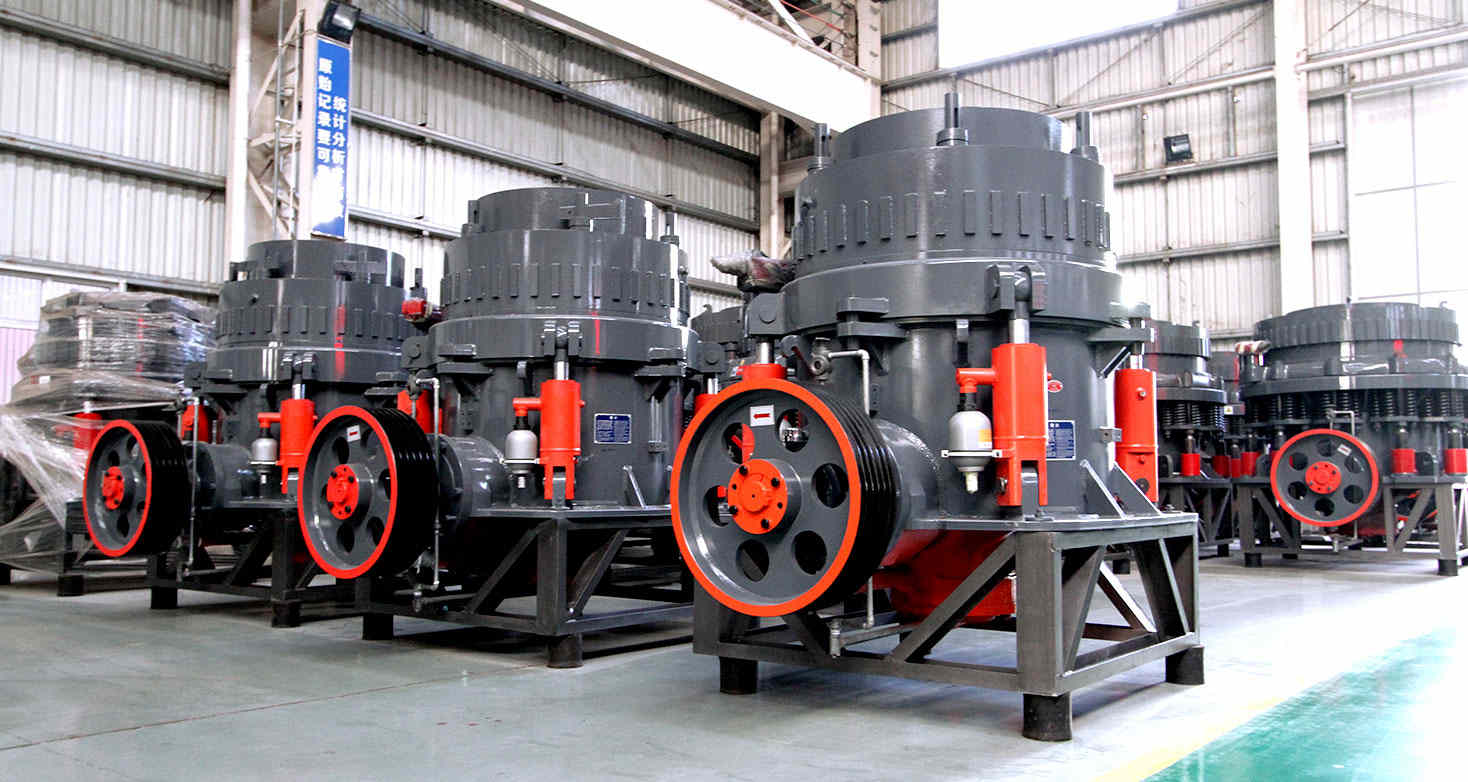
At present, the domestic mechanism of sand technology is being updated and improved day by day, in response to market demand, research and development and production of cone sand making machine in the field of sand production has been widely used, known as pebble sand making tool.

Kaolin Raymond Mill is a high-tech skill grinding equipment, which can process raw materials into micron or nano-scale micro-powder, and has been widely used in various industries. Such as mining, building materials, chemical industry, metallurgy and other industries, can be limestone, calcite, barite, chemical raw materials, such as Moh's hardness is not greater than 7, humidity in the following 6% of more than 300 kinds of non-inflammable and explosive materials for grinding and processing, the finished product granularity of 30-800 mesh can be adjusted between.

Mobile crusher is a one-stop crushing equipment for stone crushing with flexibility and mobility, which is one of the indispensable equipments for modern construction, and is widely used in mines, construction sites, road construction and other fields.

At present, the domestic mechanism of sand technology is being updated and improved day by day, in response to market demand, research and development and production of cone sand making machine in the field of sand production has been widely used, known as pebble sand making tool.

Kaolin Raymond Mill is a high-tech skill grinding equipment, which can process raw materials into micron or nano-scale micro-powder, and has been widely used in various industries. Such as mining, building materials, chemical industry, metallurgy and other industries, can be limestone, calcite, barite, chemical raw materials, such as Moh's hardness is not greater than 7, humidity in the following 6% of more than 300 kinds of non-inflammable and explosive materials for grinding and processing, the finished product granularity of 30-800 mesh can be adjusted between.

Mobile crusher is a one-stop crushing equipment for stone crushing with flexibility and mobility, which is one of the indispensable equipments for modern construction, and is widely used in mines, construction sites, road construction and other fields.

At present, the domestic mechanism of sand technology is being updated and improved day by day, in response to market demand, research and development and production of cone sand making machine in the field of sand production has been widely used, known as pebble sand making tool.

Kaolin Raymond Mill is a high-tech skill grinding equipment, which can process raw materials into micron or nano-scale micro-powder, and has been widely used in various industries. Such as mining, building materials, chemical industry, metallurgy and other industries, can be limestone, calcite, barite, chemical raw materials, such as Moh's hardness is not greater than 7, humidity in the following 6% of more than 300 kinds of non-inflammable and explosive materials for grinding and processing, the finished product granularity of 30-800 mesh can be adjusted between.
50R&D engineers
1000+user case representatives
41ypes of products are exported overseas
200+large and medium-sized digital devices
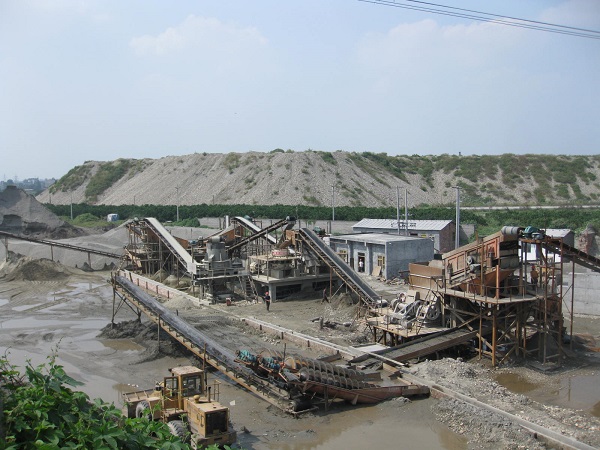
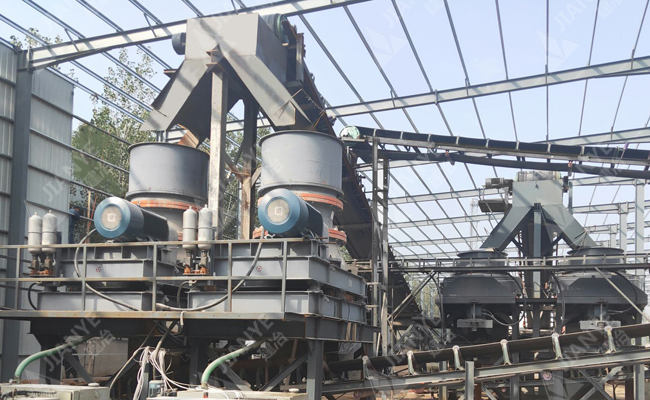
The rocks are harder because of there is iron ore inside. The project uses 600*130 vibrating feeder, PE1000*1200 jaw crusher, two HST300 single cylinder cone crusher two, two JYS1238 sand making machine, four vibrating screen, four sand washing machine, one sand recovery machine, capacity design is 300t/h.
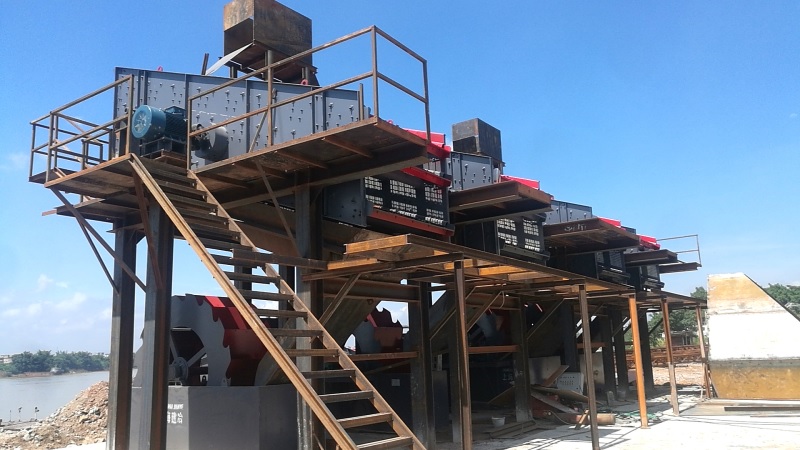
This project is a sand making production line with an hourly output of 200 tons. The equipment used includes vibrating feeder, single cylinder cone crusher, multi-cylinder cone crusher, sand making machine, 4 vibrating screens, 4 sand washing machines and sand recovery&dehydration integrated machine.
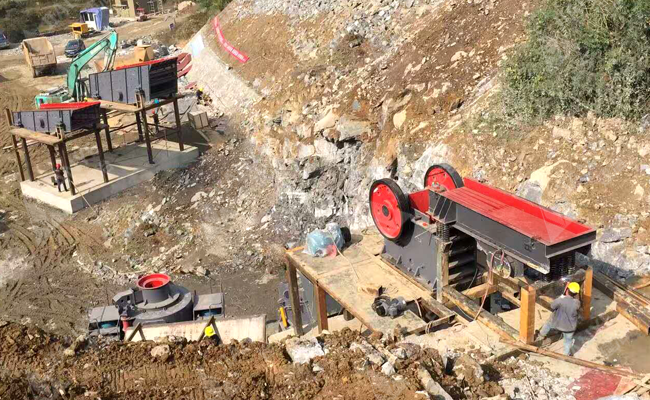
The equipment aspect of this project includes PE870*1060 jaw crusher, PF1515 impact crusher, JYT5145 sand making machine and two 2470 vibrating screens. The equipment is used for limestone crushing and sand making. Shaanxi Province is rich in limestone resources and has many limestone aggregate plants, and this set of equipment from Jianye Company has good feedback in the local area.
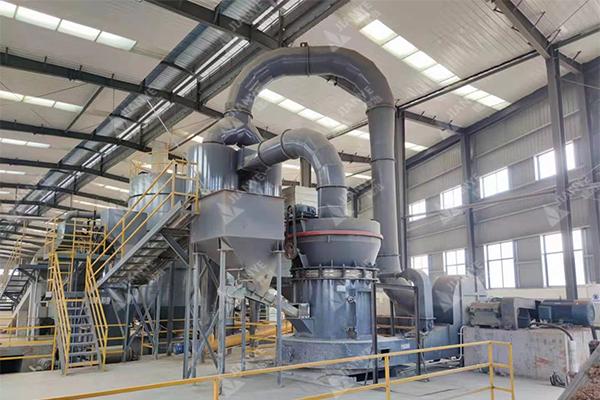
The production line adopts the high-pressure mill and environmental protection equipment produced by Jianye Heavy Industry, using advanced grinding process technology to start the construction of an annual output of 50,000 tonnes of slag micro-powder production line project.
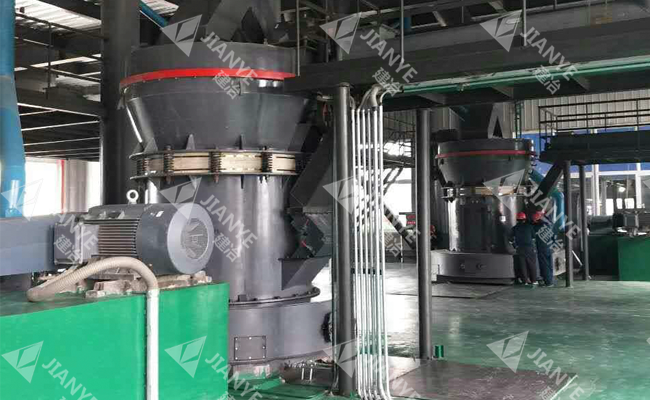
The user uses calcined petroleum coke to grind and make powder, and the finished coke powder is mainly used for processing graphite electrodes. In recent years, the price of coke powder rises, the user spends tens of millions of dollars to build a production line with an annual output of 60,000-100,000 tonnes of high-quality coke powder, which is the first phase of the project, using two sets of 6R4528 high-pressure grinding mills of Jianye Company.
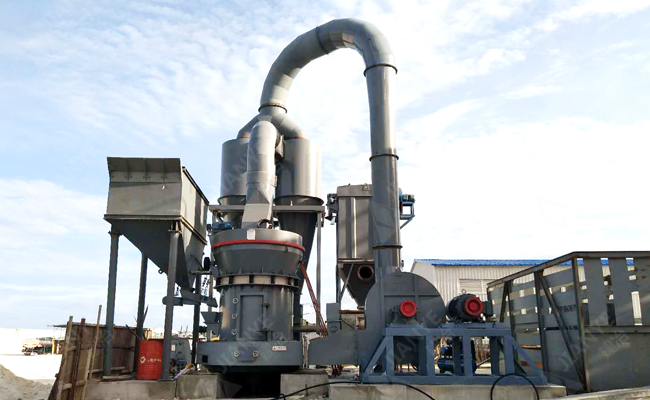
The project is mainly used for grinding limestone, gypsum and other soft materials. The equipment chosen is Jianye 4528 grinding mill with a fineness of 200 mesh and a capacity of 12t/h.
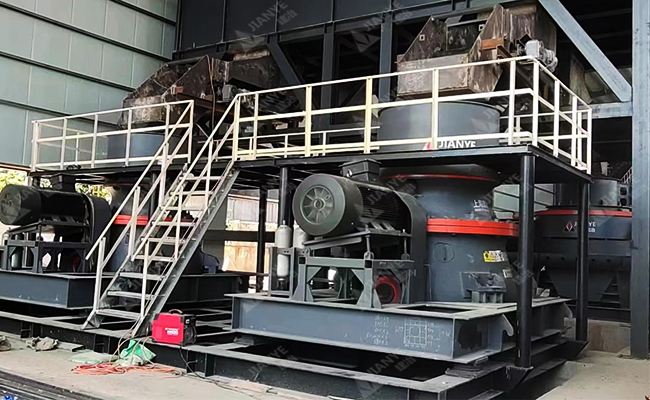
Project configuration: Jaw Crusher PE900*1200, Cone Crusher HST315T, Vertical Shaft Impact Crusher VSI6X1263, Heavy Duty Vibrating Screen 2YKZ3080/3YKZ3080, Vibrating Feeder ZG1220Z/ZSW1360, Twin Screw Sand Washer 2XL1120, Bar Vibrating Feeder ZSW1360B, Bucket Wheel Sand Washing Machine DS4024, dewatering screen TS2450 many types of equipment. They will work together with the whole production line to crush and process the sand trap cobbles and mountain ores into natural sand, mechanism sand, and uniform material.